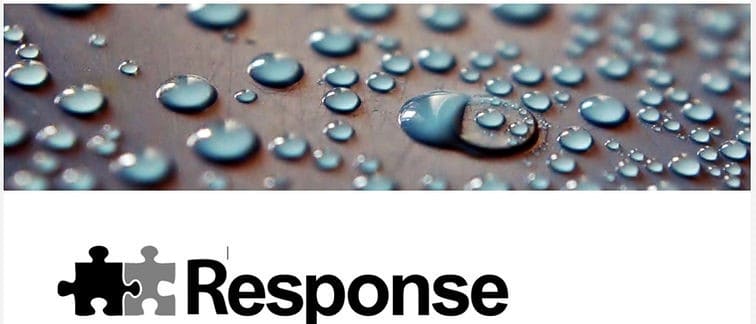RESPONSE: Comprehensive Suicide Prevention Program
MODALITY: curriculum

For a comprehensive toolkit and curriculum materials, visit Upstream Suicide Prevention.

Summary
RESPONSE is a comprehensive middle and high school program that increases awareness about suicide among school staff, students and parents. All program components are designed to heighten sensitivity to depression and suicidal ideation, increase identification, and facilitate referral. The program also provides procedures to refer a student who may be at-risk for suicide. Components include (1) a two-hour awareness training for staff, (2) a four-hour student curriculum (spread across four class periods), and parent awareness materials. An implementation assistance manual is also included for administrators. Before implementing the awareness components, participating schools must identify key staff to serve on a suicide prevention team. Key school-based staff should include the principal or vice-principal, a school-based RESPONSE coordinator, two “suicide contacts” responsible for handling referrals, and a counselor. Each component of RESPONSE integrates extensive “in the field” experience and key evaluation findings from other school-based programs. Videos for the awareness components were developed in collaboration with an award-winning film company.
Implementation
Program Material Cost
$440 per school or district
Modality
Classroom Curriculum
Setting
Health Classes
Grade Level(s)
Middle
High
Note:
For a comprehensive toolkit and curriculum materials, visit Upstream Suicide Prevention.
Rubric and Standards
Mental Health Literacy Components
Decreasing stigma
Understanding how to foster and maintain positive mental health
Understanding how to seek help effectively
Understanding mental health disorders and their treatments
High School Learning Standards
Advocate for reducing stigma associated with emotional and mental and behavioral health
Compare & contrast emotional, mental-behavioral illness, mental well-being and concurrent disorders
Describe how self-harm or suicide impacts other people
Describe laws related to minors accessing mental health care
Explain how to help someone who is thinking about attempting suicide
Identify school and community resources that can help a person with emotional, mental and behavioral health concerns
Evidence
Publication Types
1 Non Peer-Reviewed Publication
Study Types
Quasi-Experimental
Study Samples
1878 US High School Students
Major Findings
It is promising that youth receiving RESPONSE had more positive prevention attitudes, prevention self-efficacy, and knowledge. It is also important that RESPONSE youth reported reduced suicidal ideation.
Published Studies
Published
Study Type
Sample
Findings
It is promising that youth receiving RESPONSE had more positive prevention attitudes, prevention self-efficacy, and knowledge. It is also important that RESPONSE youth reported reduced suicidal ideation.
